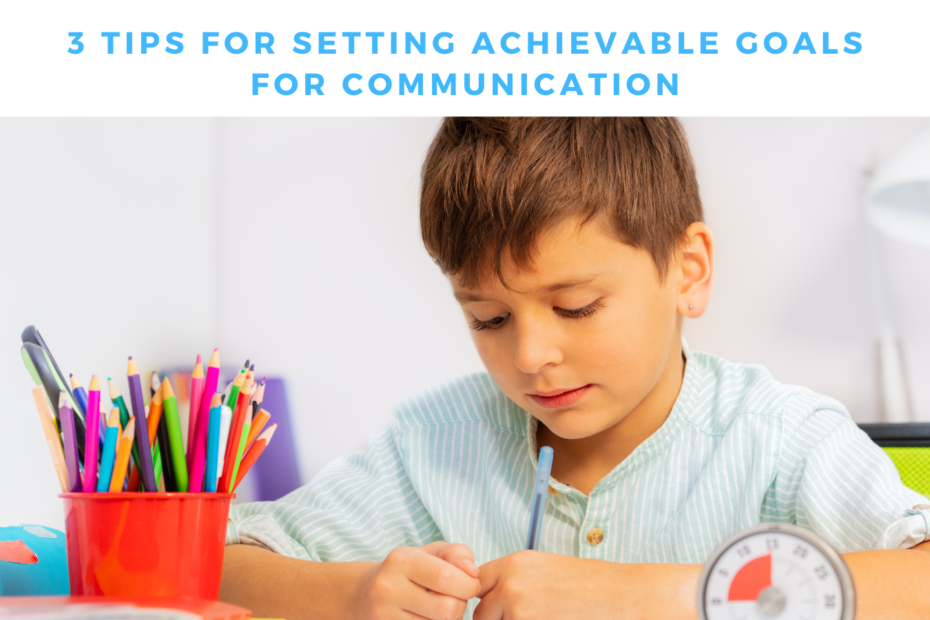When we were asked by Adam to help with setting goals for his little boy, we reflected on what goes into the process. Set the bar too high and we risk the disappointment of ‘not achieved’ but setting the bar too low provides no drive for progress.
Setting achievable goals for any child’s speech and language development involves a blend of understanding the child’s current abilities, being realistic but optimistic about their progress, and providing the support needed to achieve success. Here are three of the tips we gave Adam so that he could go into the conversation more confidently:
Tip 1 - Use Strengths and Break Down Goals into Steps
Sometimes goals can over-focus on areas of weakness, so we encouraged Adam to also pay attention to the areas where his son excels, and to develop his strengths alongside any focus on areas needing more support.
We also talked about breaking down big goals into all the steps along the way, to make the end result look more achievable. So rather than for his son to “communicate his wants, needs, opinions and feelings” all in one go, we created a list of things he might want, the things he might need, phrases to express his likes and dislikes, and basic feelings. They would focus on teaching one at a time.
Tip 2 - Involve Your Child in Setting Goals
Have you heard the phrase, ‘nothing about us without us’? Well it can easily be applied to the children we meet, not just large communities involved in political change.
When Adam involved his son by asking him what he wanted, giving him choices about which steps to work on first, when he was going to practice etc, he found that his son was instantly on board and motivated. There is nothing like motivation to help achieve a goal, so this made a big impact on how well his son went on to meet his goals. The style of therapy, choice of rewards or activities all involved Adam, his son and the rest of the team involved in helping his son to meet his goals.
Tip 3 - Be Patient and Celebrate Progress
Now that Adam had figured out the what and the how of goal setting, he could relax a little and allow his son the time needed to make that progress. He found that that things moved forwards better when he could be patient; if he got anxious about whether or not things would be achieved, his son picked up on this and it had a detrimental effect on therapy.
As well as practising patience and trusting things to work in their own time, Adam made sure to celebrate every small step of progress along the way. This was made easier as they had started by listing the steps, so they could refer to each step at a time. When they could literally see progress on paper it was so motivating to get closer and closer to the bigger goals.
By following these tips, parents can effectively support their child’s speech and language development while setting achievable goals that promote progress and success.
Adam felt confident to set more goals, both when asked by professionals at school or in therapy, but also at home within his own interactions with his son!
If you found this helpful and would like more support, you might want to check out our new AAST online monthly membership – it’s filled with tips and advice just like this that will make your communication journey feel so much more achievable!
